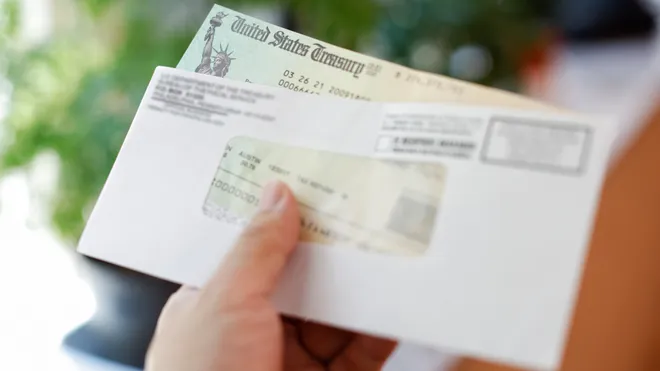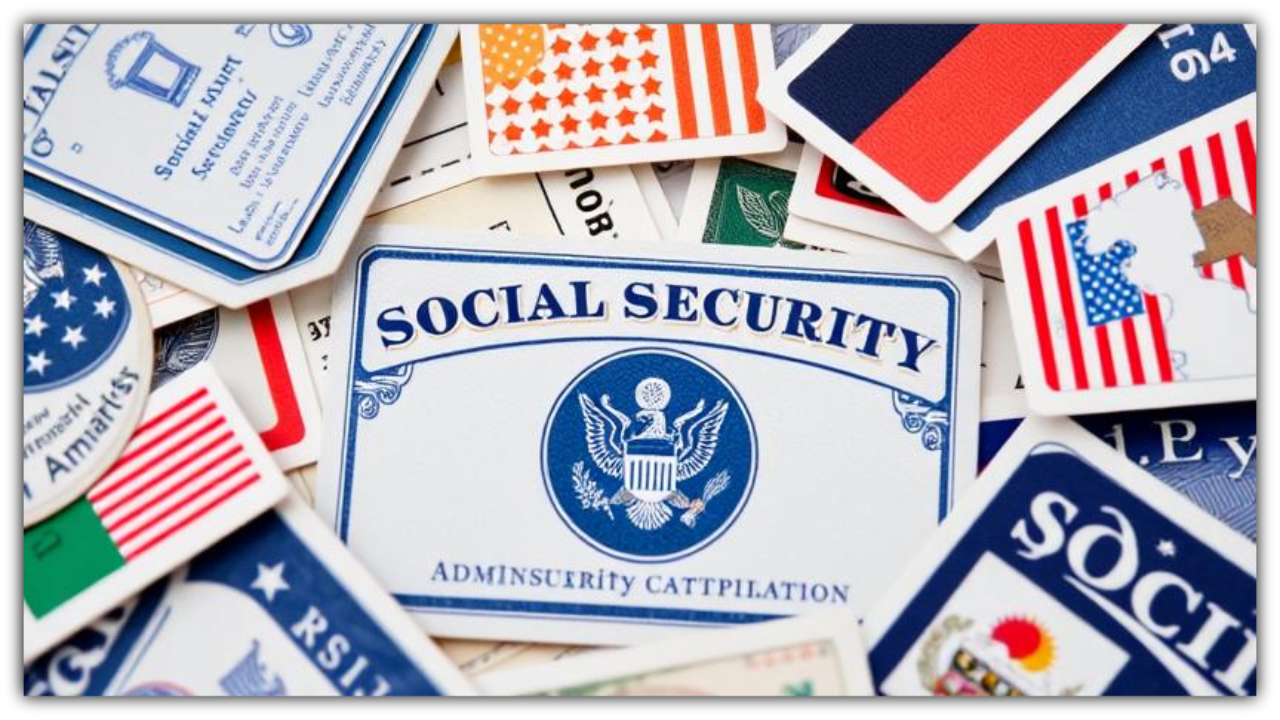This week marks a big moment for millions of Social Security beneficiaries as the first payments reflecting the new 2025 Cost-of-Living Adjustment (COLA) are sent out. If you’re wondering whether you’re among those set to receive your check, here’s everything you need to know about the updated benefits, payment schedule, and how this affects you.
What’s Changing?
In 2025, Social Security payments have increased by 2.5%, thanks to the COLA adjustment aimed at helping beneficiaries keep up with rising living costs. This bump raises the average monthly benefit from $1,927 in 2024 to $1,976 this year a $49 increase.
For those at the higher end of benefits, the maximum payment amounts have also risen:
- Age 70 retirees can now receive up to $5,108 per month, compared to $4,873 last year.
- Full Retirement Age (FRA) recipients will see a maximum of $4,018, up from $3,822.
- Early retirees at age 62 will get up to $2,831, compared to $2,710 in 2024.
When Will You Get Paid?
The Social Security Administration follows a staggered payment schedule based on the beneficiary’s birth date:
- January 8, 2025: Payments go to those born between the 1st and 10th of the month.
- January 15, 2025: For those born between the 11th and 20th.
- January 22, 2025: Payments for those born between the 21st and 31st.
If you’ve been receiving benefits since before May 1997, your payment will arrive earlier, on January 3, 2025.
Why Is the COLA Smaller This Year?
The 2.5% increase is the smallest in four years, reflecting a period of cooling inflation compared to the higher adjustments seen in recent years. While this adjustment is more modest, it still aims to help recipients handle the ongoing challenges of rising costs for essentials like food, housing, and healthcare.
Are There Tax Changes for 2025?
Yes, there’s also an adjustment to the maximum earnings subject to Social Security tax. The limit has increased to $176,100, up from $168,600 in 2024. This means higher-income earners will contribute more to the program, ensuring its continued funding for years to come.
What It Means for You
While the extra $49 on average may not seem like much, it’s part of the government’s effort to protect retirees and other Social Security recipients from inflation. However, some beneficiaries are still finding it challenging to cover rising costs, particularly for necessities.
If you’re set to receive your check this week, keep an eye on your bank account or mailbox. These increased payments will provide a bit more breathing room to help manage the expenses of daily life.
As always, if you have any questions or need to check your payment status, visit the official Social Security Administration website or contact their support line for assistance.




